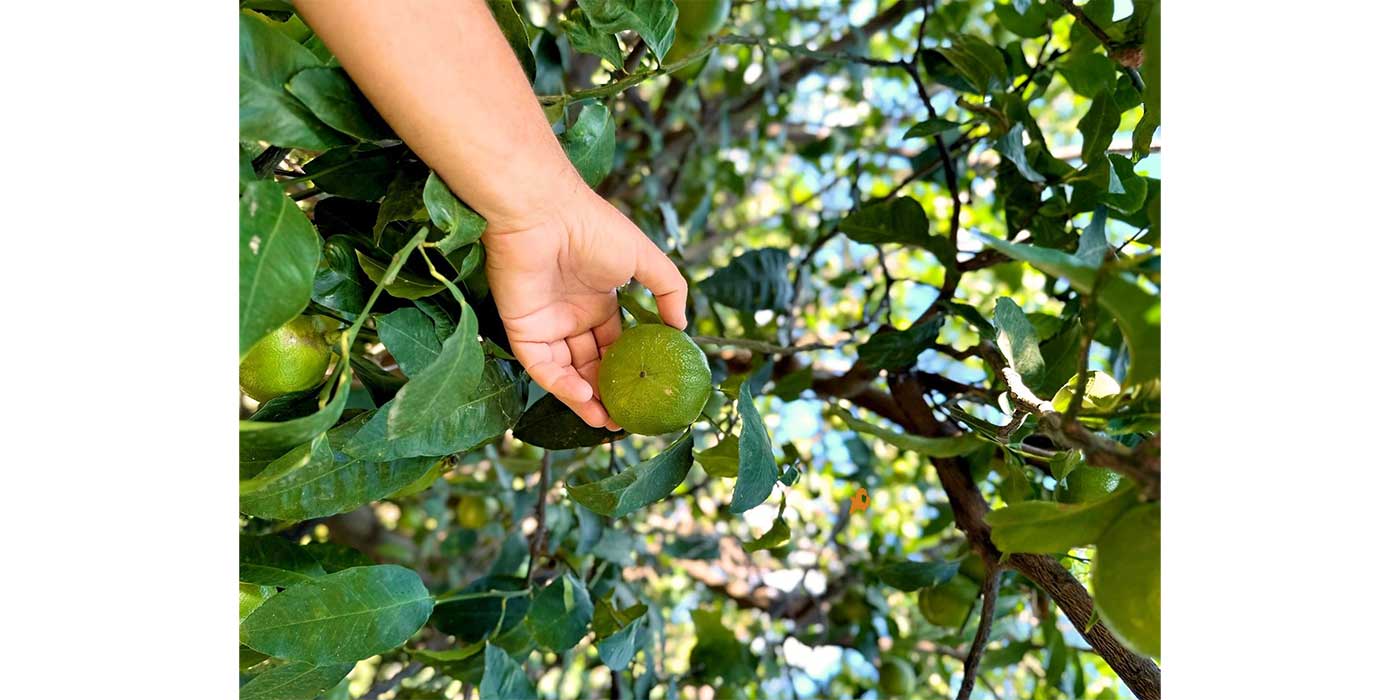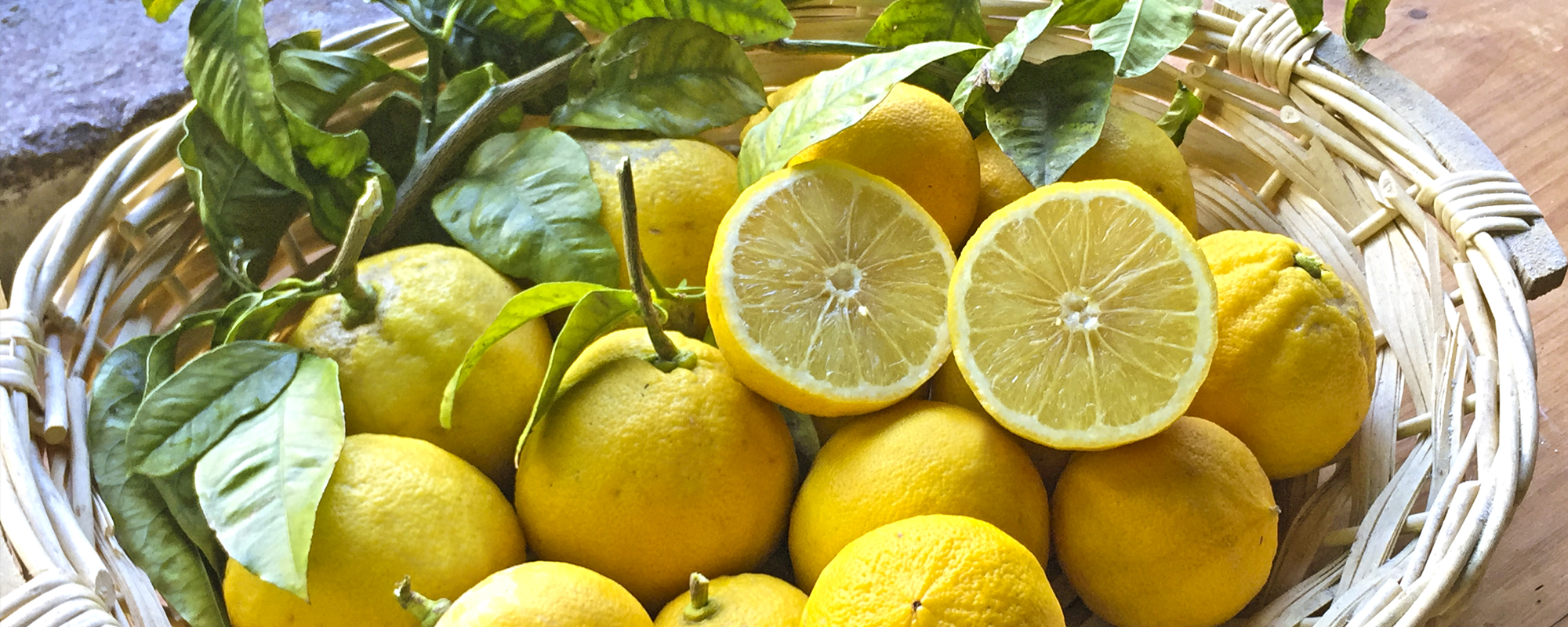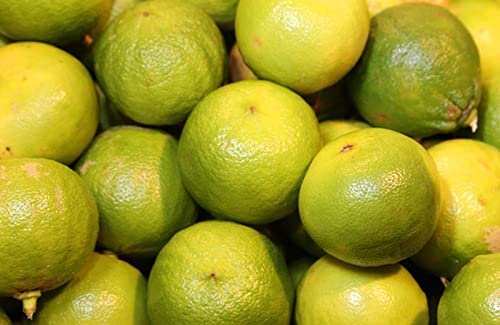The harvest of fresh bergamot is a crucial phase in the life cycle of this precious citrus, known for its unmistakable fragrance and unique aromatic properties. Native to Calabria, bergamot is highly valued in the perfume, cosmetic, and food industries. Its harvest requires care and attention to ensure a high-quality product. In this article, we will explore everything you need to know about the fresh bergamot harvest, from the ideal timing to the best techniques for achieving an optimal yield.
When does the bergamot harvest take place?
The ideal period for harvesting fresh bergamot varies between November and March. This is when the fruit has reached perfect ripeness, with the right combination of color, fragrance, and essential oil content. It is important to closely monitor the ripeness of the fruit, as an early or late harvest could compromise its quality.
How is fresh bergamot harvested?
Bergamot is usually harvested by hand. Manual harvesting techniques allow the selection of the best fruits, avoiding those that are damaged or not yet ripe. Harvesters use specific scissors to cut the fruit from the branch without damaging the peel, as the delicacy of the fruit requires careful handling.
The importance of timely harvesting
Timely harvesting is essential to preserving the aromatic properties of bergamot. Once harvested, the fruit is quickly transported for processing, as its freshness and essential oil content can diminish over time if not treated properly. Fruits destined for essential oil production are cold-pressed within hours of harvesting.
Benefits of manual harvesting
Hand-harvesting fresh bergamot offers numerous advantages over mechanical harvesting. This method reduces the risk of damaging the fruit and ensures an accurate selection, reflected in the quality of the final product. Additionally, manual harvesting preserves the integrity of the plant, ensuring that future cultivation cycles are not compromised.
Environmental impact and sustainability
One of the most important aspects of bergamot cultivation and fresh harvest is respect for the environment. Many growers adopt sustainable agricultural practices to reduce their ecological impact, such as using efficient irrigation techniques and reducing chemical pesticides. Manual harvesting, in addition to preserving the quality of the fruit, respects the surrounding ecosystem, ensuring responsible and sustainable production.
Conclusion
The fresh bergamot harvest is an art that requires experience and knowledge, but the results are extraordinary. From the careful selection of fruits to respecting ripening times, every phase of the process helps preserve the unique properties of this precious citrus. Thanks to the care and attention of producers, bergamot continues to be an irreplaceable resource in the agricultural and industrial landscape.
Fresh bergamot fruit
Bergamot is a precious citrus fruit mainly cultivated in Calabria, Italy. With its intense aroma and unique flavor, fresh bergamot fruit is a versatile ingredient that can be used in cooking to prepare fruit juices, jams, sauces, marinades, and salad dressings. Additionally, fresh bergamot is rich in vitamin C, potassium, and antioxidants, and can offer health benefits such as reducing the risk of heart disease, diabetes, and obesity. Make the most of the beneficial properties and flavor of fresh bergamot in your cooking!
Bergamot Calabria is a reliable supplier that can guarantee the freshness and quality of the product, as well as provide a reliable and timely delivery service.
We manage wholesale purchases of bergamot. Please contact us by sending an email to info@bergamotcalabria.it well in advance, starting from “early September,” before the harvesting season, which usually begins in October.













